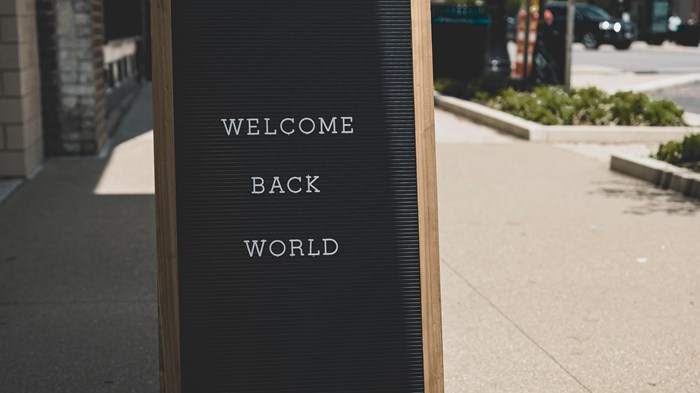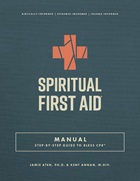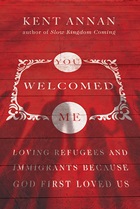Reopening With Research

Quality over quantity. This is something you’ve probably heard a thousand times throughout your life. Schoolteachers reprimand us to write better in fewer words. Businesses wrestle to craft superior products at effective costs. Diets recommend lower amounts of higher quality, nutritious foods. All of this and more—we are surrounded by the cultural outworking of this saying. In fact, Jesus Himself chose 20 followers to disciple well instead of hundreds of disciples mediocrely. As the other saying goes, we should not be “a mile wide and an inch deep.”
Considering when and how to reopen a physical church building demands the same prioritization. We must seek quality over quantity, depth over simplification. Just because many other churches are pursuing a particular path does not mean your church should uncritically follow suit. Every congregation, every pastor, every church building is different. Each church has unique particularities to consider when re-opening after pandemic-induced closure. Church leaders need to strive for a quality, research-informed reopening.
With the recent tensions between state regulations and federal responses, there are plenty of voices to listen to when considering reopening church facilities. There are professional recommendations and political views, research studies and news articles. But, at the end of the day, pastors and church leadership are the ones responsible to account for the physical health of their congregants within the walls of their building. This responsibility should weigh upon pastors as heavily as delivering a Biblical, prayerful sermon.
So, where should you start? One of the most important steps is research—for more detailed information on reopening, see the Guide to Reopening Church Services. Researching COVID-19 information includes not only CDC considerations and WHO statistics but also local church member opinions. Pastors need to know what their own congregation is thinking about.
Gloo, a technology company out of Colorado, has produced some important data on returning to church. Through widely disseminated assessments, Gloo set out to determine what congregants and pastors alike are thinking about reopening the church (you can take the reopening assessment here). The following accounts for some of the insights in this report of nearly 23,000 responses and what pastors can do about it.
Nearly a third of congregants report being ready to return to services. The special report shows that 31% of congregants will return to physical church services at the first opportunity. This is exciting because it shows that many churchgoers are strongly desiring the close community of in-person services again. This does raise significant questions, though, about the plans needed to ensure a safe reopening if this many people may show up when doors open.
Almost a quarter of congregants report plans to delay attendance. The report states that 24% of congregants will wait several additional weeks before attending. Though this may cause some issues with planning, pastors can reach out and see how many among their congregation are planning to wait. Knowing that the first Sunday back will not be a church’s full attendance can assuage fears of member loss.
Two key indicators for returning between pastors and congregants. Among pastors, the most important indicator was having social distancing and stay at home guidelines lifted. Among congregants, the most important indicator was a lower number of COVID-19 cases in their community. Both of these indicators, however, were the second-highest scoring for the opposite group (i.e. congregants rated lifted guidelines as the next most important, and vice versa). This data raises the important issue of knowing what matters most to church leadership and to the congregants, because they may not be exactly the same.
95% of congregants expect some level of new safety measures. Though divided between several preparedness measures, the overwhelming majority of congregants want to see safety put first. Despite smaller percentages of respondents selecting only one intervention listed, 65% said they wanted all of the protocols to be implemented. In order of most preferred, these measures include encouraging social distancing and spreading out seating, limiting passing or touching things (such as the Lord’s Supper elements, offering plates, handouts, etc.), providing hand sanitizer stations, limiting the gathering size even if more services are required, and addressing foot traffic (propping doors open, one-way flow entering and exiting). This list is by no means exhaustive, but it does portray the comparative importance of various safety measures for congregants.
Though all of this data is well-backed and widely collected, it does not guarantee an identical match to your church. This research can help guide principles and practices your church puts in place, but, at the end of the day, church leaders must take it upon themselves to poll their own congregations. In the humanitarian field, community involvement is essential to the success of a project. It is no different with the reopening feat. There must be clear and open communication between church leadership and church members to ensure that all churches can reopen safely.
Jack Meeker is a graduate student completing an M.A. in Humanitarian and Disaster Leadership at the Wheaton College Graduate School (IL). He currently works at the Humanitarian Disaster Institute helping manage Dr. Jamie Aten’s Psychology Today blog, "Hope and Resilience,” and the Reopeningthechurch.com blog.
The Better Samaritan is a part of CT's
Blog Forum. Support the work of CT.
Subscribe and get one year free.
The views of the blogger do not necessarily reflect those of Christianity Today.






















